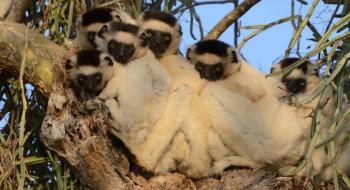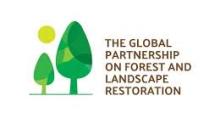Pig-rearing, essential oils, fruit trees and beekeeping: establishing additional sources of income has been key to a restoration project on the biodiversity-rich island of Madagascar.*
Forest loss and degradation have plagued Madagascar’s unique biological diversity. Direct causes include slash-and-burn agriculture for subsistence crops. As a result, the island’s evergreen forest is severely fragmented. While tree planting had occurred in the past, it centred on exotic species with limited social and ecological benefits.
Forest landscape restoration in the 200,000 hectare Fandriana-Marolambo landscape began in earnest in 2004. Leading the 1.6 million euro restoration programme, WWF has worked closely with government at all levels as well as local associations. The goal was to restore tree cover in a way that helps local farming communities as well as supporting the island’s unique biodiversity.
The results include 14 communes that have adapted their communal development plans to include restoration, while close to 50 village communities have delimited restoration zones. There are 35 community-based forest management arrangements.
The restoration efforts are supplied by 50 tree nurseries producing about 100 different indigenous species and run by local community, school or family associations. Close to 1,000,000 saplings have been planted over the last 13 years.
Partly to offset the impact of setting aside land for restoration, communities have received support to expand activities including pig rearing, essential oils, fruit trees and beekeeping. More than 1,300 households have benefited either directly or indirectly from these alternative income schemes.
The project has had to negotiate political instability that affected donor funding as well as security and enforcement in forest areas. It has achieved continuity over more than a decade despite changes in donors.
Local facilitators have helped overcome misgivings among local communities about outside interventions in land use.


